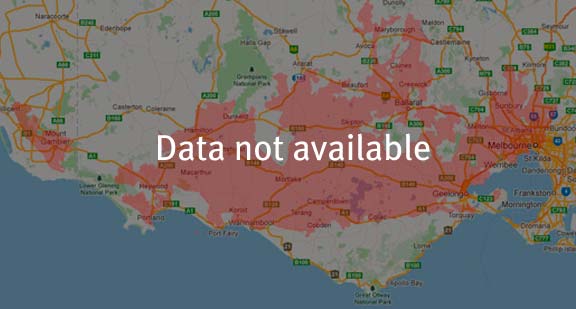A range of teacher professional learning programs will be developed to accompany the Biodiversity of the Western Volcanic Plains online outreach...

Common Brown Earwig
Labidura truncata
Most active during the warmer months. Shelters in cool, dark places. Eggs are laid underground in burrows. The female guards the young for some time after they hatch. The young are miniature versions of their parents.
| Details | Description |
| Type | Invertebrate |
| Group | Insect - Earwig |
| Identifying Characteristics | |
| Distinctive Markings | A pair of long, pointed tail pincers. Orange triangle-shaped patch behind the head. |
| Diet | Omnivore. Eats soft bodied insects such as caterpillars. Eaten by frogs, lizards, spiders, praying mantids, ants and some birds. |
| Habitat | Hides in soil and beneath bark, logs, decaying timber, rock and stones in forests and woodlands. |
| Native Status | Native to Australia |
| Bites/Sting | Earwigs are completely harmless. They are not venomous however can give you a very weak pinch. |
| Taxonomy | |
| Phylum | Arthropoda |
| Class | Insecta |
| Order | Dermaptera |
| Family | Labiduridae |
| Genus | Labidura |
| Species | truncata |

Distribution maps indicate current and historic locations where species have been sighted.
Source: Atlas of Living Australia
| Conservation Status | |
| DEPI Advisory List | Not listed |
| FFG Act | Not listed |
| EPBC Act | Not listed |
The conservation status of species is listed within Victoria and Australia.
The Department of Environment and Primary Industry (DEPI) Advisory List consists of non-statutory advisory lists of rare or threatened flora and fauna within Victoria.
The Flora and Fauna Guarantee Act 1988 (FFG Act) lists threatened species in Victoria. Under the Act, an Action Statement is produced for each listed species.
The Environment Protection and Biodiversity Conservation Act 1999 (EPBC Act) is the Australian Government’s key piece of environmental legislation, listing nationally threatened native species and ecological communities.



